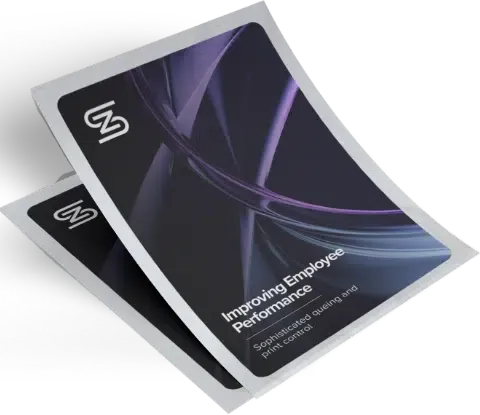What is imposition? If you work in the print-on-demand industry, you’ll already know that it often refers to simply grouping things together.
I agree – but there are various ways of looking at it. In this video I share the next tip in our series: 10 Opportunities to Cut Costs in Print On Demand.
Watch it to discover how to strip as much cost as possible from your manufacturing processes. You might be surprised!
(You can also find a link in the comments below to the full article if you want to skip ahead.)
Transcript
This week I want to elaborate on the great document that we’ve produced which you may have already seen. It’s called 10 opportunities to cut costs in print on demand. It’s available as a blog post on our website and you can also find the link in the comments below. But I wanted to do a deeper dive into one of the recommendations on the topic of imposition. Now imposition can mean different things to different people and most people know imposition is just the grouping of items together, but in our scene we view imposition quite differently. From our perspective, in order to strip as much cost as possible from your manufacturing processes, imposition should encompass several additional elements. So firstly, it needs to gang items together to maximize sheet efficiency or web efficiency, add trimmer optical marks, due date color coding, finishing instructions including any customer specific instructions and do all of that on batch, job and tech sheets. And all of that should be dynamically imposed just in time in order to give you maximum press finishing workflow selection alternatives. This means that every element required to take that job through to final ship is all done and provided to sheet. So if you do that well, what it means is that you could create a totally agile capability in the way that you go and run your workflow. You can run your presses as a single virtual fleet and you can also get better utilization. Now there’s some subtlety in this approach. So if you’d like to know more about it, reach out, ring my bell, I’d like to have a chat about how exactly we’re going to apply our particularly unique approach to the whole topic area of imposition. Thank you.
Effective material management is crucial for cost efficiency, and focusing on reducing material costs in manufacturing can make a significant impact. By minimizing waste and optimizing usage, businesses can maintain product quality while saving on material expenses, leading to greater profitability.




